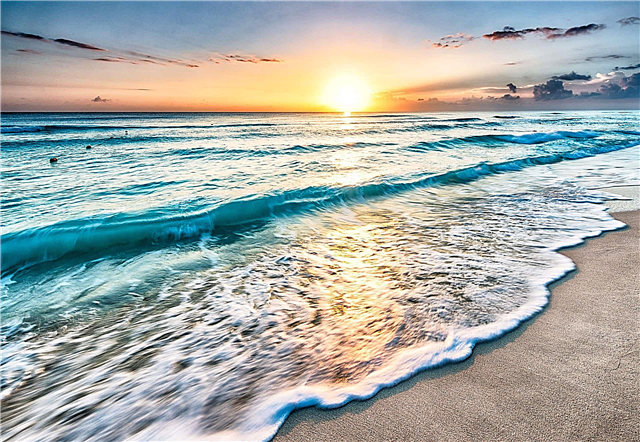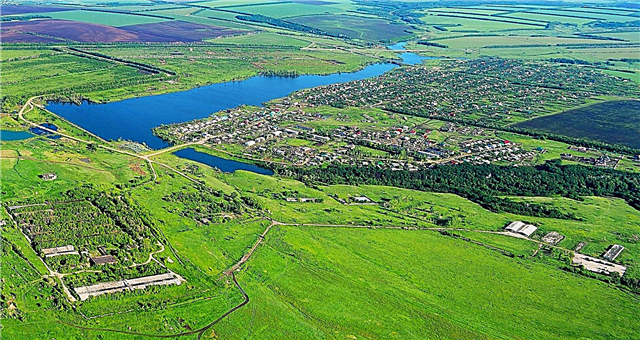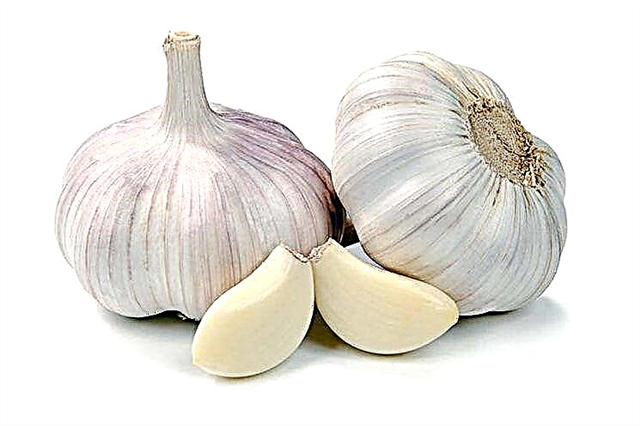
On the border of Kazakhstan and Uzbekistan is a unique reservoir - the Aral Sea. The existing balance allowed the ecosystems of the salt-free drainage lake to flourish, it was an excellent fish estuary, its flora and fauna were rich and diverse.
However, in the future it began to rapidly dry up, and today it appears in a form that has seriously reduced in area. Why did the sea-lake begin to dry up, what reasons led to this?
The reasons for the drying of the Aral Sea

Scientists note several possible reasons for the shallowing of the Aral Sea and the loss of its original area, and the main one is the artificial withdrawal of water from the two main riversthat supply the Aral with water. Amu Darya and Syr Darya have long been revered by the local population, and water has been taken from them for many millennia - both for the needs of man himself and for agricultural purposes. However, archaic irrigation systems required little water supply, such a volume of outflow remained virtually invisible both for the rivers themselves and for the sea.

In the middle of the 20th century, it was decided to "turn the desert into a blooming garden", around the rivers they were going to create vast cotton fields that required significant volumes of water. And this water was diverted, already through modern, highly efficient irrigation systems, which had completely different demands in terms of water volumes. The balance that has been maintained for millennia has been disrupted.

Water from the lake-sea began to leave, exposing all new sections of the bottom. At the moment, the waters have retreated about 100 km from their original borders, and this site is represented by a desert, saline and contaminated with chemical fertilizers washed out from the fields, which fell into the riverbed in the history of human activity and did not disappear anywhere, since there is no runoff by the sea - water leaves him only by evaporation.
It is also worth noting that the sea was divided into two parts, western and eastern. Western almost completely dried up, eastern at the moment exists.
It is hard to even believe that once this lake occupied the 4th place in the world’s area and made it possible for many people to flourish, fish and eat seafood. Now only the skeletons of the ships, which can sometimes be seen in the sand, and port buildings, the water from which have long receded, remind of this.
Other versions
However, the situation with the Aral Sea is still not so clear. Of course, the withdrawal of water from the rivers that supplied it to the lake played a role, but some scientists are sure that this would not be enough. There are other versions of drying out.
So, at the University of Michigan, geologists thoroughly investigated the situation, and informed the public that the level of the reservoir fell so rapidly due to climate changes within the area on which rivers flowing to the Aral Sea flow. And more precisely, the water has left due to a significantly reduced level of precipitation.That is, human activity can be here and have nothing to do with it, or play only a partial role.

There is a third version: lowering and rising water in the Aral Sea can occur cyclically. Nearby is the Caspian Sea, another “breathing” sea-lake, which has periodic fluctuations in water level. It is believed that the Aral Sea and the Caspian are connected by groundwater, and there is a certain relationship in their cycles of raising and lowering the level.
Interesting fact: The Caspian Sea and the Aral Sea may well be a single system, since today scientists agree that in the recent geological past they constituted a single body of water that even connected to the Black Sea.
Thus, the causes of the shallowing of the Aral Sea are primarily associated with human agricultural activity, although there are several other assumptions. It is also likely that several factors acted as a catalyst for the process. At the moment, scientists are still considering ways to revive this unique reservoir, to make it rich in fish and prosperous again.












